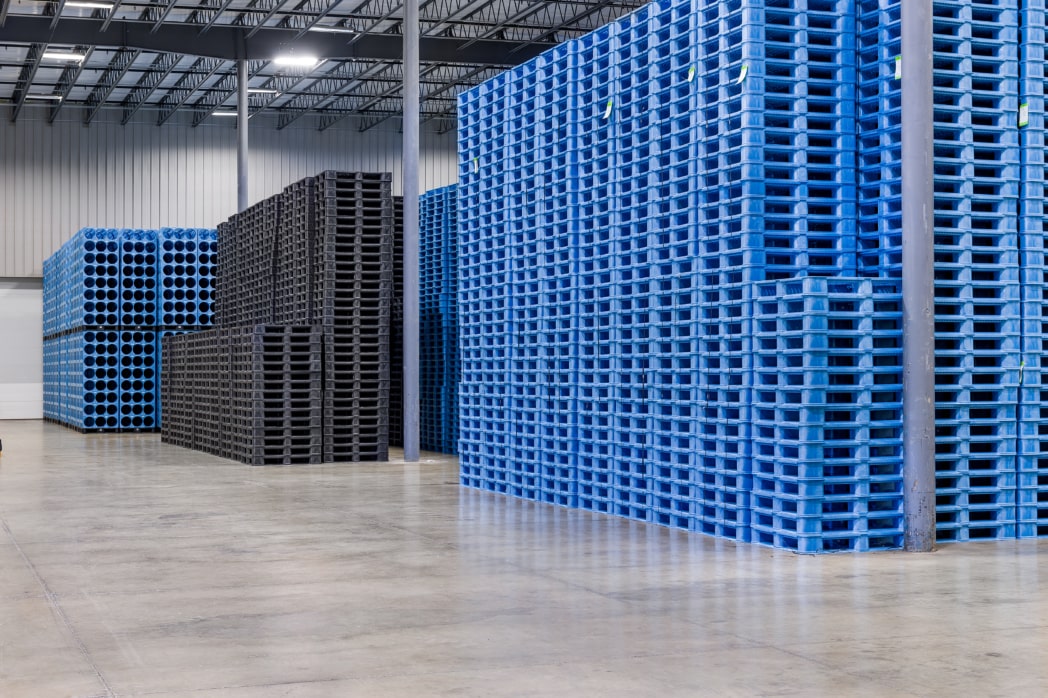According to the United Nations, an estimated 783 million people around the world do not have regular access to clean water. It’s easy to be overwhelmed by statistics like this or to think of them as primarily developing world problems.
However, as the ongoing Flint, Michigan crisis proves, America’s public water supplies are no less fragile than those overseas. Now, a recent report from the Environmental Protection Agency (EPA) has estimated that 63 million Americans have been exposed to unsafe water in the past decade.
How Does Drinking Water Become Contaminated?
Drinking water contamination can occur anywhere, from rural areas to some of the country’s largest cities. Different regions face different problems, which makes the issue all that more difficult to combat on a nationwide scale. Farming communities can be affected by agricultural runoff. Industrial and manufacturing centers face pollution issues. In some cities, aging infrastructure can lead to deteriorating pipes and other concerns.
The fact is, there is no easy answer to the problem of unsafe drinking water. Remediation is often costly and time-consuming, and it may involve extended periods of interrupted supply. In regions where the local economy depends on pollution-heavy industries, driving positive change through legislation can be a political non-starter.
Absent more comprehensive solutions, one of the best things you can do to avoid long-term health problems is to educate yourself.
Browse Our Water Rack Selection
What Are the Risks of Contaminated Drinking Water?
The risks associated with drinking contaminated water vary by the nature of the contamination. Some of the most common include:
- Coli and other bacteria: E. coli and other bacteria can enter the water through farming runoff or human sewage. Symptoms include vomiting, nausea, diarrhea and stomach cramps. In severe cases, potentially fatal dehydration, anemia or kidney failure may result.
- Nitrates and pesticides: Nitrates are a component of fertilizers. Along with herbicides and pesticides, they are common water contaminants in farming communities. High levels of nitrates can cause methemoglobinemia, also known as “blue baby syndrome.”
- Lead: Lead can enter drinking water through aging pipes and other infrastructure issues. When children or pregnant women are exposed to lead, it can lead to congenital disabilities and development problems.
It’s important to remember that contaminated water can look, smell and taste normal. Even trace amounts of contaminants can cause serious problems, particularly with long-term exposure.
What Can You Do?
All municipal water suppliers are required to test their water regularly and prepare an annual Consumer Confidence Report (CCR) by July 1 of each year. This report should be available online. You can also contact your utility provider directly for more information.
If you get your water from a well, a small investment in water quality testing is essential. A comprehensive test can cost as little as $20. If you’re worried about past exposure, your doctor or pediatrician can perform a blood test and provide information about protecting yourself and your family in the future.
If you’re traveling or are concerned about drinking water contamination in any situation, choose bottled water instead of tap.



